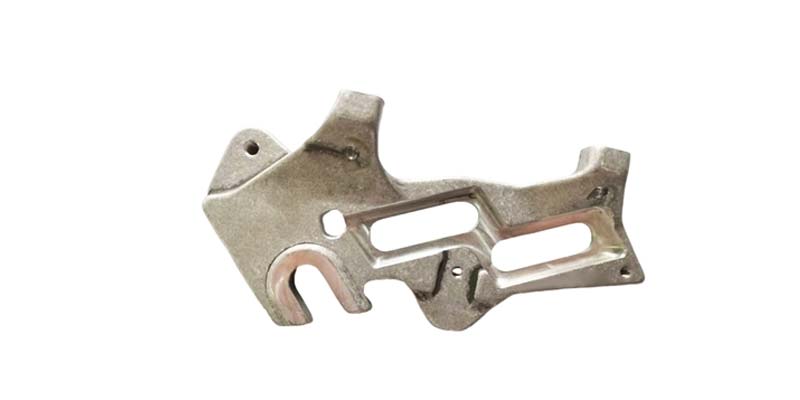- Contact Innally, Let you purchase forgings in China more favorable prices, products more assured!
- Hotline:+(86)15038323776 Email:innally@innally.com
Use and classification of bicycle forgings
- Category: Bicycle forgings, Steel forgings
- |
- Date: 15/08/2023
Bicycle forging refers to the processing of metal materials into specific shaped parts through cold and hot forging processes, which are used to assemble various parts of the bicycle. Bicycle forgings are usually made of carbon steel, alloy steel and other materials, with high strength, fatigue resistance, wear resistance and other characteristics.
- Customized to meet different customer needs
Product Details
Bicycle forging refers to the processing of metal materials into specific shaped parts through cold and hot forging processes, which are used to assemble various parts of the bicycle. Bicycle forgings are usually made of carbon steel, alloy steel and other materials, with high strength, fatigue resistance, wear resistance and other characteristics.
The use of bicycle forgings mainly includes the following aspects:
1. Rotating parts: pedals, crankshaft, central shaft and other parts in bicycles are usually made of forgings to transmit the power of human riding.
2. Connecting parts: The chain, sprocket, rear wheel hub and other parts of the bicycle are connected with forgings to ensure the robustness and reliability of the vehicle structure.
3. Brake components: brake rod, brake claw and other components of the bicycle can also be manufactured by forging to ensure the sensitivity and braking strength of the brake.
4. Suspension components: Some advanced bicycle suspension systems must use forgings to withstand and alleviate ground vibration, improve riding comfort and stability.
5. Other parts: Bicycle seat tube, front fork, handlebars and other parts can also be manufactured with forgings to meet the design requirements of different models and needs.

Depending on their function and shape, bicycle forgings can be divided into several categories, such as:
1. Pedal class: mainly used for pedal power conversion, usually forged by carbon steel.
2. Crankshaft type: used to drive connecting rod and chain rotation, usually forged by alloy steel.
3. Central shaft class: responsible for installing the crankshaft and pedal, usually forged by alloy steel, and connected with the crankshaft.
4. Chain type: mainly forged by carbon steel, used to connect the front and rear wheels and sprockets.
5. Brake claw type: used to apply pressure to the wheel hub when braking, usually forged from carbon steel.
6. Handlebars: used to control bicycles, usually forged by aluminum alloy, while having certain strength and lightweight requirements.
The above is only part of the use and classification of bicycle forgings, in fact, there are more types and applications.
nannan
INNALLY mainly provides you with various types of cast and forged parts products. Welcome your inquiries! innally@innally.com
Related Products
Search
Forging center
- Steel forgings
- Aluminium alloy forging
- Titanium alloy forging
- Stainless steel forging
- Copper forging
- Automotive forgings
- Locomotive forging
- Bicycle forgings
- Motorcycle forging
- Rigging and fasteners
- Bearing forging
- Electric power fittings
- Marine forging
- Mechanical forgings for metalworking
- Mining machinery forgings
- Marine engineering forgings
- Construction machinery forgings
Popular product

© 2025. All Rights Reserved.






